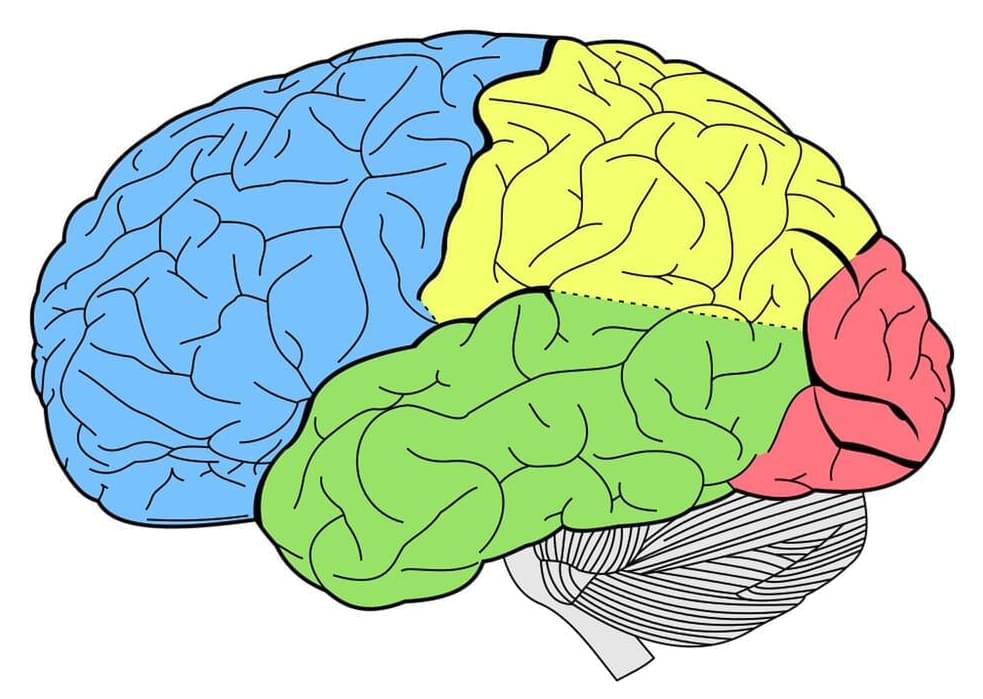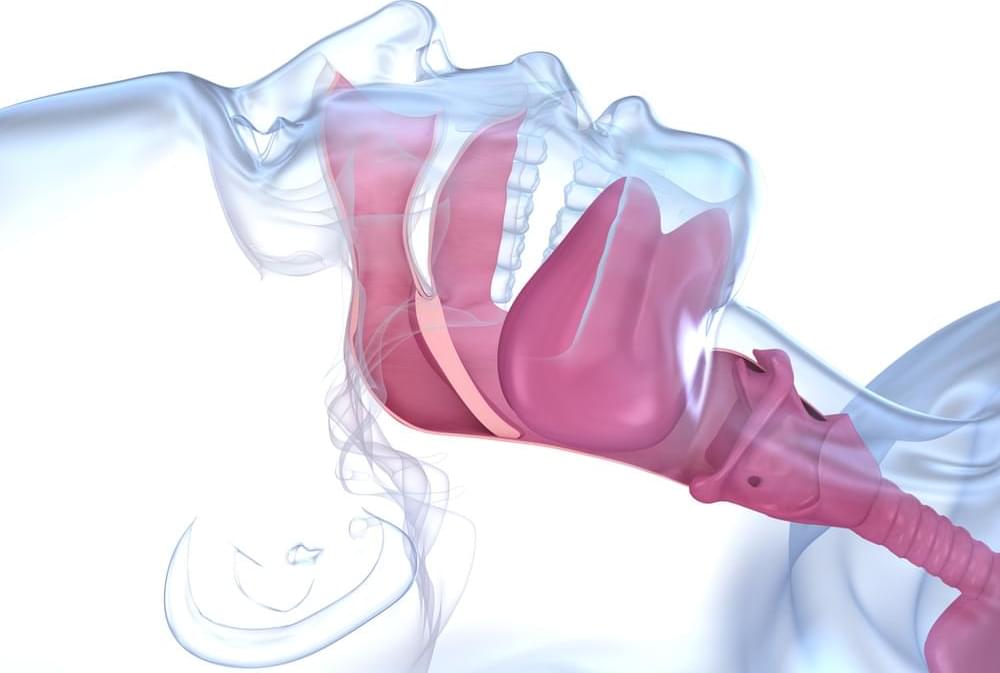An international team led by investigators at McLean Hospital has analyzed the genes expressed in approximately 575,000 individual cells from the brains of people with and without post-traumatic stress and major depressive disorders (PTSD and MDD), revealing new insights into the mechanisms behind the brain’s stress response in these conditions.
The findings, which are published in The American Journal of Psychiatry, could lead to novel markers of PTSD and MDD and well as new therapeutic targets.
Because studies have implicated the dorsolateral prefrontal cortex (DLPFC) region of the brain in PTSD and MDD, the scientists compared the genes expressed in cells in DLPFC samples collected postmortem from 11 individuals with PTSD, 10 with MDD, and 11 without either of these conditions with a replication dataset half the size. The researchers detected which genes were expressed by which cells—including eight different types of cells—through a technique called single-cell RNA sequencing.






